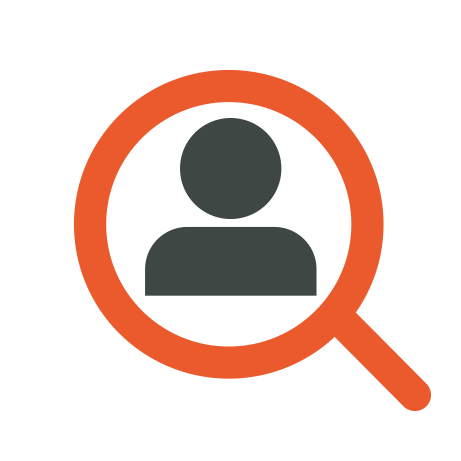Interview Preparation
We all get nervous before an interview but with the right preparation you’ll be ready to show us your best!

STAR
A simple, structured technique to help you answer interview questions.
It stands for Situation, Task, Action and Results.

What is the STAR approach?
Knowing how to answer competency questions can often be your key to success at an interview. And while we can’t provide you with the exact response, we can make sure you approach each one the right way. It’s all about technique.

When do you need STAR?
Have you been asked a question that starts with ‘Tell me about a time you did X’ in an interview? Chances are that you were being asked a competency question. Competency questions are generally used to find out how candidates would react to certain situations, by asking for real life examples of situations.

How do I use the STAR approach?
To use the STAR technique effectively, all elements of your answer need to work.


Situation or Task
Describe the situation that you were confronted with or the task that needed to be accomplished. With the STAR approach you need to set the context. Make it concise and informative, concentrating solely on what is useful to the story.
For example, if the question is asking you to describe a situation where you had to work as part of a team to achieve a shared goal, explain what the situation was and the task that you had to undertake as a team.

Action
This is the most important section of the STAR approach. You need to demonstrate and highlight the skills and personal attributes that the question is testing. You have set the context of your story; you now need to explain what you did. Remember the following,
- Be personal, i.e. talk about you, not the rest of the team
- Go into some detail. Do not assume that they will guess what you mean
- Avoid technical information unless it is crucial to your story
- Explain what you did, how you did it, and why you did it
What you did and how you did it
We want to know how you reacted to the situation. This is where you can sell some important skills. For example, you could describe how you used the team to achieve a particular objective and how you used your communication skills to update everyone on progress etc
Why you did it
When discussing a situation where you had to deal with conflict, many candidates would simply say: “I told my colleague to calm down and explained to him what the problem was”. However, this doesn’t provide a clear idea of what drove you to act in this manner.
Remember to describe your “How”
- How did you ask him to calm down?
- How did you explain the nature of the problem?
By highlighting the reasons behind your action, you would make a greater impact.
See the below example:
“I could see that my colleague was irritated so I asked him to tell me what he felt the problem was. Allowing him to share his feelings and his anger with me, it gave him the opportunity to calm down. I then shared my own point of view on the matter and how important it was that we found a solution that suited us both.”
This revised answer helps us understand what drove your actions and reinforces the feeling that you are calculating the consequences of your actions, so retaining full control of the situation

Result
Explain what happened eventually – how it all ended. Also, use the opportunity to describe what you accomplished and what you learnt in that situation.
This is probably the most crucial part of your answer. The interviewer will want to know you’re using a variety of skills to achieve your objectives.
Register Your Interest
If you’re looking for your next role and would like to have a confidential chat with a member of our team, we’d love to hear from you. Please get in touch by filling out the form, or using one of our other methods of contact.






